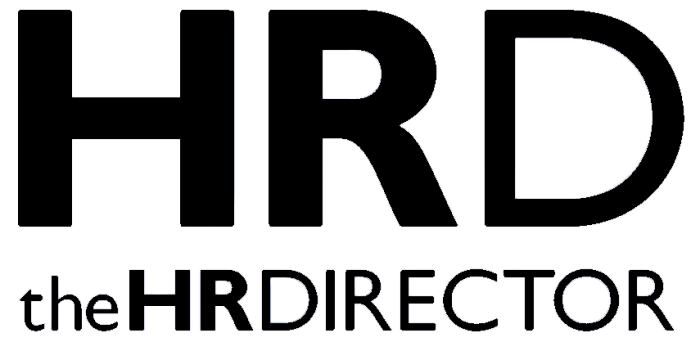Executive talent acquisition has always been a cornerstone of organizational success. Yet, as an HR executive, you’ve likely often found yourself striving to articulate its value in terms that resonate with the C-suite. It’s no longer enough to simply hire to fill vacancies. Rather, the decisions made throughout the hiring process must align with organizational strategy and drive measurable business outcomes in order to truly be effective.
Determining these goals and meeting them head-on is where tools like ROI (Return on Investment) and TAM (Total Addressable Market) can transform the way you communicate with your C-suite colleagues.
By aligning HR and business strategy, you position strategic talent acquisition as a critical strategic lever—not just a necessary function.
ROI: Connecting Hiring Decisions to Business Growth
When you want to demonstrate the impact of hiring decisions, ROI is one of your most powerful tools. It allows you to quantify the financial and operational benefits of selecting the right talent. Imagine presenting a business case that shows how a single hire increased team productivity by 20% or drove innovation that resulted in new revenue streams. These are the kinds of metrics that resonate in boardrooms.
Here’s how you can apply ROI to executive talent acquisition:
- Measure time-to-productivity. Calculate how quickly new hires contribute to key goals.
- Track cost savings. Analyze reductions in turnover or hiring costs when you select the right talent from the start.
- Show revenue impact. Highlight how leaders in key roles deliver measurable gains, such as expanding markets or improving customer retention.
When you frame talent acquisition in terms of ROI, you make it easier for business leaders to see hiring as an investment that yields returns, rather than a cost to manage.
TAM: Widening the Lens on Talent
The concept of TAM in business is widely used in sales and market sizing, but it’s also a game-changer for executive talent acquisition. In this context, TAM represents the total number of qualified candidates available, enabling you to assess the full scope of the talent pool. By leveraging TAM, you can avoid limiting your search to familiar networks or local markets, ensuring your search taps into a broader, more diverse range of talent.
Think about the last time you filled an executive role. Did you consider the global talent landscape, or did you stay within a narrow field of candidates? By exploring the total addressable market, you can identify hidden talent that could redefine your organization’s trajectory.
Why TAM matters for you:
- It eliminates blind spots. Expanding your search uncovers candidates who bring unique perspectives or skills.
- It mitigates opportunity costs. Vacancies come with hidden costs—missed deadlines, slowed innovation, and stressed teams. Broader searches reduce the time it takes to find the right person.
- It future-proofs your organization. Leaders sourced from diverse markets are better equipped to navigate global business challenges.
Turning Strategy into Action: 3 Steps for Using ROI and TAM in Lead Talent Acquisition
To position yourself as a strategic advisor within your organization, you need to do more than execute on hiring needs. Collaborating with the C-suite, presenting data-driven strategies, and tracking outcomes are the keys to elevating executive talent acquisition from an operational task to a business-critical function. Here’s how to dig deeper into each approach, with real-world takeaways to help you bring these ideas to life.
- Collaborate closely with the C-suite.
If talent acquisition is to be seen as strategic, it needs to be positioned within the context of business growth. You must align hiring initiatives with broader goals—entering new markets, scaling product offerings, or driving innovation. Senior leaders think in terms of business outcomes. They want to know how hiring decisions impact revenue, customer retention, or competitive positioning. By framing executive talent acquisition strategies around these outcomes, you can demonstrate that hiring isn’t an isolated function—it’s integral to the company’s success.
Use terms like “market share,” “customer acquisition,” and “revenue growth” when speaking with executives. For example, if the company plans to expand into a new geographic region, explain how TAM insights will identify leadership candidates familiar with that market. Don’t wait for executives to tell you what they need; instead, stay ahead by understanding business goals and presenting talent strategies that align with them.
- Lead the charge with data-driven insights.
Data is the bridge between HR and business decision-making. By presenting metrics like ROI and leveraging TAM in business, you can build a compelling case for why specific hiring strategies are essential. Numbers drive credibility. When you back strategic talent acquisition recommendations with hard data, you shift the conversation from intuition or tradition to measurable impact. This not only strengthens your arguments but also secures buy-in from stakeholders.
Show the financial and operational impact of hiring the right leader. For example, calculate how a Chief Marketing Officer increased customer retention by 15% and boosted revenue by $3 million annually. Explain how exploring the total addressable talent pool opens the door to transformative hires. For instance, tapping into emerging markets for executive roles can bring in leaders with unique insights and skills.
- Track outcomes and reinforce your role as a strategic advisor.
Securing buy-in is only half the battle. To solidify your seat at the table, you need to track and communicate the outcomes of your hiring decisions. This reinforces your role as a key player in the organization’s strategic planning. Senior leaders don’t just want to hear promises—they want proof. When you follow up on hires and quantify their contributions, you demonstrate that executive talent acquisition directly influences organizational success.
Set measurable goals before you make a hire. Align with the C-suite on metrics, such as revenue targets, team productivity improvements, or time-to-market reductions. Once a hire is in place, create a system for tracking their outcomes and share regular updates with stakeholders. Highlight specific contributions to business objectives, like a new hire’s role in meeting aggressive growth targets.
Bringing the Language of Business All Together
When you use tools like talent acquisition ROI and TAM in business, you elevate the conversation around hiring. You’re no longer simply presenting a request for resources—you’re building a case for how the right talent decisions create value, reduce risks, and drive growth.
The next time you walk into the boardroom, don’t just talk about hiring. Talk about how strategic talent acquisition drives measurable outcomes. Speak the language of business. When you do, your role as an HR executive becomes inseparable from the strategic direction of your organization.







